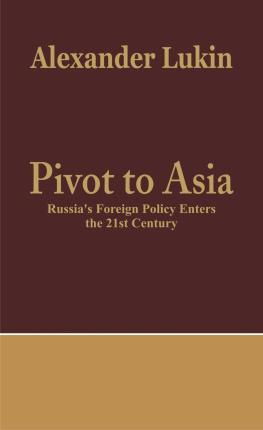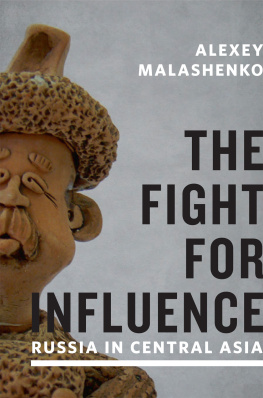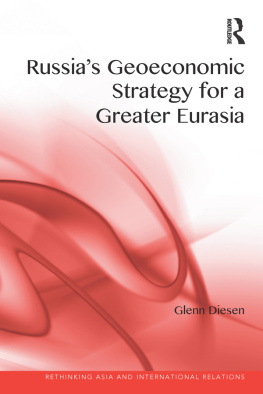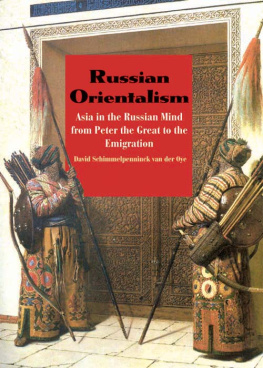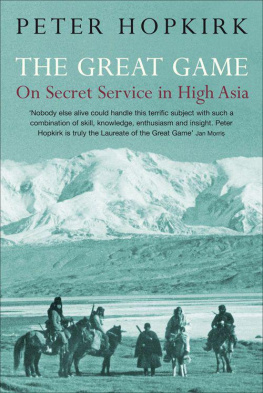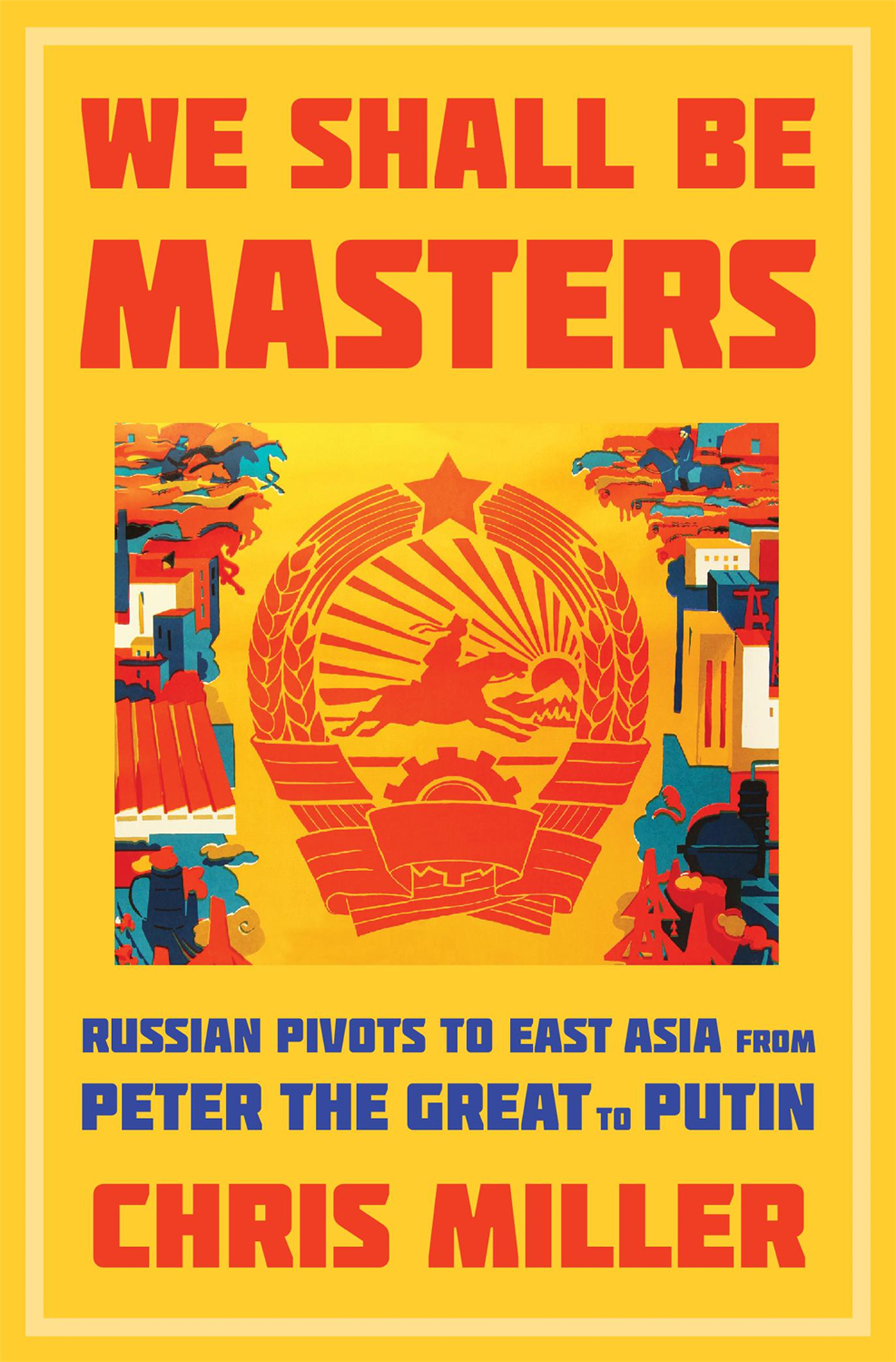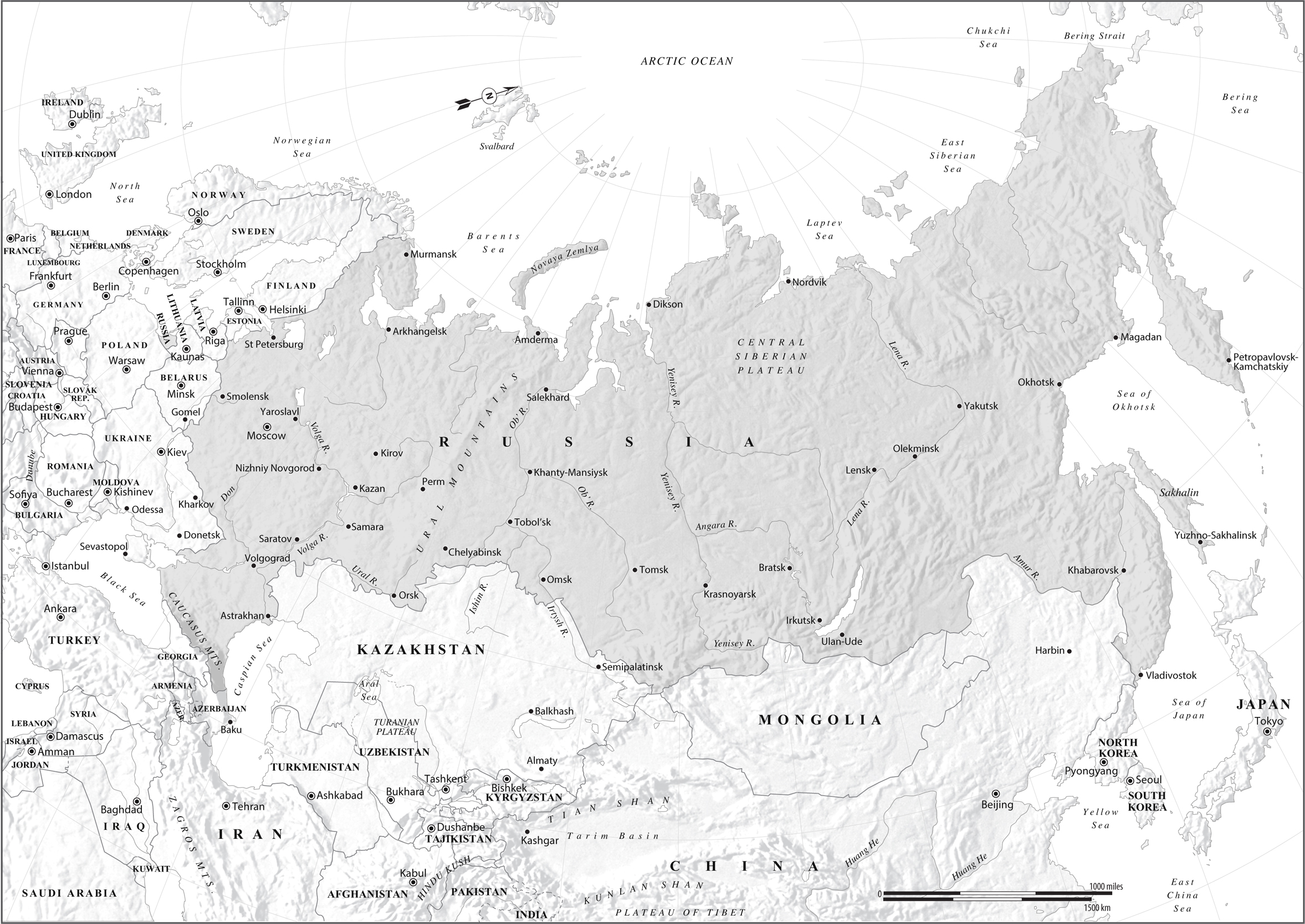FORT ANADYRSK was a strange place to find a Greek. The icy outpost on the Icha River was about as far from Athens as one could get. There were scarcely several dozen Russians in the entire Kamchatka Peninsula, on the Far Eastern frontier of Tsar Peter the Greats vast empire, just across the straits from Alaska. Vladimir Atlasov, a Russian explorer, had traveled to Kamchatka and arrived at Fort Anadyrsk to chart the regions rivers and coasts, opening it to navigation, to fur trapping, and to Tsar Peters control. Atlasovs expedition confirmed that Eurasia was separated from North America by icy waters, not connected by a land bridge. He mapped Kamchatka, recording that it was an impassable peninsula that extends into the sea. The Russian explorers were accustomed to cold seas and snowy winters, but this land of smoking volcanoes and thick fogs was as strange as any they had seen. Atlasovs most unexpected discovery, however, was a man named Dembei.
When the local Kamchadal people reported that they had a Russian in their custody, Atlasov ordered that he be handed over immediately. When the prisoner arrived, he had fair skin and black hair, and spoke not a word of Russian. Atlasov first thought that he must be a Greek. How a Greek could have ended up on the Kamchatkan coast, none could say. Greeks were usually Christians, but the prisoner knew nothing of Christ. By 1697, when Dembei was transferred into Atlasovs custody, Russians had been exploring Asia for many decades and had been interacting with it for centuries. Russia had signed trade treaties with China, and the two empires shared a sparsely populated borderland along their Central Asian and Siberian frontiers. Camel caravans plodded to and from China, across the Mongolian deserts, into Russian Siberia, bringing the Russians occasional news of Chinese affairs.
The Russians knew enough about China to deduce that Dembei was not Chinese. While in custody, Dembei had learned some of the language of the local Kamchadal people, so the Russians asked him the name of his countrys capital city. Edo, he said, referring to the ancient name for Tokyo, a city of which the Russians had never heard. India! the Russians concluded, puzzling over how an Indian had washed up on the shores of Kamchatka. Atlasov decided to send his Indian captive across Siberia to Moscow, a journey of several thousand miles. Dembeis trek across the Russian Empire would take three or four years.
Dembei was not the only person in Russia on a great journey that year. Tsar Peter the Great had set off for Europe in March 1697, seeking technology for Russias navy and allies in his wars against the Ottoman Empire. He traveled under the name of Peter Mikhailov, ostensibly incognito, though European newspapers reported that the visitor named Peter was actually the tsar.
Peters main interest was to bolster the foundations of Russian power so that he could wage war on his rivals. Sweden was still a major power in the Baltic Sea, and the Ottoman Empire controlled much of the Black Sea. Peter wanted to defeat both of them, seizing their territory and opening space for Russian expansion. Wars on Russias western front were to be expected. It was along the European borderland where Russia faced its most dangerous adversaries. Europe was the source of Russias most advanced technology, including Peters beloved ships. And it was Europe with which Russia conducted the bulk of its trade, including in new luxuries like tobacco, which the English supplied and of which Peter was notoriously fond. Yet even though Peters greatest wars aimed to expand Russias borders to the west, his explorers on the edge of Siberia were continuously pushing Russias frontier to the east. The two efforts were connected because, with the exception of China, with which Russia had contact from the caravan trade across the Mongolian plains, much of Russias knowledge of Asia came via Dutch merchants and English frigates, from Europe.
Just as Vladimir Atlasov was being introduced to Dembei along the Kamchatkan coast, on the opposite end of Eurasia, Peter the Great was befriending Amsterdam mayor Nicolaes Witsen. A famed geographer, Witsen had studied the voyages of the Dutch navigators who had sailed to Asia. The Dutch had visited the Japanese coast as far north as Hokkaido, sailed to the shores of the long island of Sakhalin, and even reached the Kuril Islands, the archipelago that dangles off Kamchatkas southern coast, not far from where Atlasov had taken control of Dembei, the Indian prisoner.
Witsen was an expert cartographer, publishing maps and collecting knowledge of the diverse lands of the East, from Siberia to Suriname, Java to Japan. His knowledge of Japan was unique. The Dutch were, at the time, the only Europeans with permission to trade with Japan, having promised that they wouldnt proselytize and would limit their activities to a single island in Nagasaki Harbor. Granted a monopoly over Europes trade with Japan, the Dutch happily complied. When Tsar Peter arrived in Amsterdam, the city was not only a center of shipbuilding technology. It was also Europes center of expertise about Japan.
Peter returned to Moscow in summer 1698, as Dembei was just beginning his long journey across Siberia. The tsar was busy with an ambitious agenda: suppressing his rebellious streltsy soldiers, banishing his hated wife to a convent and replacing her with an illiterate peasant, and taxing the Russian noblemen who refused his demand that they shave their beards in the European fashion. On top of this he launched the Great Northern War, trying to overturn Swedish dominance in the Baltic Sea. Peter believed that he would only succeed if he modernized Russia by importing new technology and culture. This set up a clash with the most powerful groups in Russian society: the nobility, the church, even his own soldiers. Yet Peter was confident that Westernizationadopting Dutch and English naval technology, European fashions, and absolutist rulewas the key to success at home and abroad.



